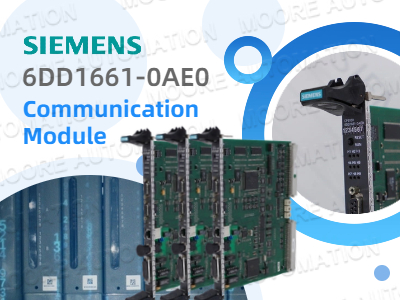Introduction to the Emerson 5X00063G01 Module The Emerson 5X00063G01 Ovation HART 8-Channel Analog Output Module is a versatile and reliable component designed for industrial automation and control systems. This module is part of Emerson's Ovation platform, known for its precision and efficiency in managing complex processes. With eight independent channels, the 5X00063G01 is ideal for applications requiring high-accuracy analog output signals, such as process control, monitoring, and data acquisition systems. Key Features and Specifications The 5X00063G01 module boasts a range of features that make it a standout choice for industrial applications: 8 Channels: Each channel is equipped with passive circuitry, ensuring reliable performance. Channel Update Rate: 24 milliseconds per channel, with a 14-bit resolution for precise output control. Output Range: 4 to 20 mA, suitable for most industrial instrumentation. D/A Resolution: 14 bits, providing high accuracy and fine control over output signals. Accuracy: Maintains 0.25% of span over the operating temperature range. Diagnostics: Includes open-loop feedback detection and stores pass/fail bits in a dedicated data register. Isolation: Channels are not isolated from each other but are isolated from logic by 1000 VAC/VDC for safety. Performance and Reliability The 5X00063G01 is designed to deliver consistent performance even in demanding environments. It operates within a temperature range of 0° to 60° C and can handle humidity levels of up to 95% (non-condensing). The module supports output loading of 4-20 mA into a 700-ohm load, with a compliance of 20 mA at 21.6 VDC. Its robust design ensures minimal downtime and reliable operation, making it a trusted choice for critical industrial processes. Power Requirements and Efficiency The module is powered by a 24 VDC main supply, with a typical power consumption of 1.2W and a maximum of 2.5W. Additionally, it requires an auxiliary power supply of 24 VDC (-5%, +6.25%), with a typical consumption of 6W and a maximum of 7.2W. This efficient power usage ensures that the module can be integrated into systems without significantly increasing energy costs. Applications and Benefits The Emerson 5X00063G01 is widely used in industries such as oil and gas, power generation, water treatment, and manufacturing. Its ability to provide precise analog output signals makes it invaluable for controlling valves, actuators, and other field devices. The module's diagnostic capabilities also help reduce maintenance costs by quickly identifying and addressing issues before they escalate. Conclusion The Emerson 5X00063G01 Ovation HART 8-Channel Analog Output Module is a powerful and reliable solution for industrial automation needs. With its high accuracy, robust design, and advanced diagnostics, it ensures seamless operation and enhanced productivity in a variety of applications. Whether you're managing a complex process or need precise control over field devices, the 5X00063G...
Read More
























 IPv6 network supported
IPv6 network supported